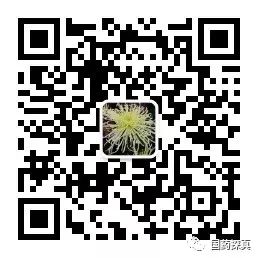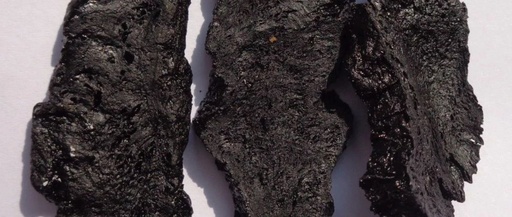Those who have worked in the production of traditional Chinese medicine (TCM) herbal pieces know that the production costs of Shu Di Huang (Cooked Rehmannia) and Sheng Di Huang (Raw Rehmannia) of the same specifications can vary significantly. Generally, Shu Di Huang costs 3-5 yuan more than Sheng Di Huang. The main differences lie in production labor, energy consumption, product yield, and packaging costs. However, it is often found that some Shu Di Huang and Sheng Di Huang are priced the same in the market, and some Shu Di Huang is even cheaper than Sheng Di Huang! Why does this discrepancy occur? The answer lies in the quality differences! It could be due to excessive impurities, insufficient dryness, lower grade specifications (sliced), adulteration with soil and sugar, or inadequate steaming to mix with cooked oil, among other issues. Why do we say that “generally, Shu Di Huang costs 3-5 yuan more than Sheng Di Huang”? Let’s first understand the production processes of both:
Shu Di Huang requires washing, steaming, drying, turning, slicing, drying again, turning, sieving, and packaging. Additionally, this production process consumes energy, and the stickiness of Shu Di Huang is relatively high, making it prone to clumping and sticking together, which requires more labor during turning and packaging. Furthermore, the yield is relatively low.
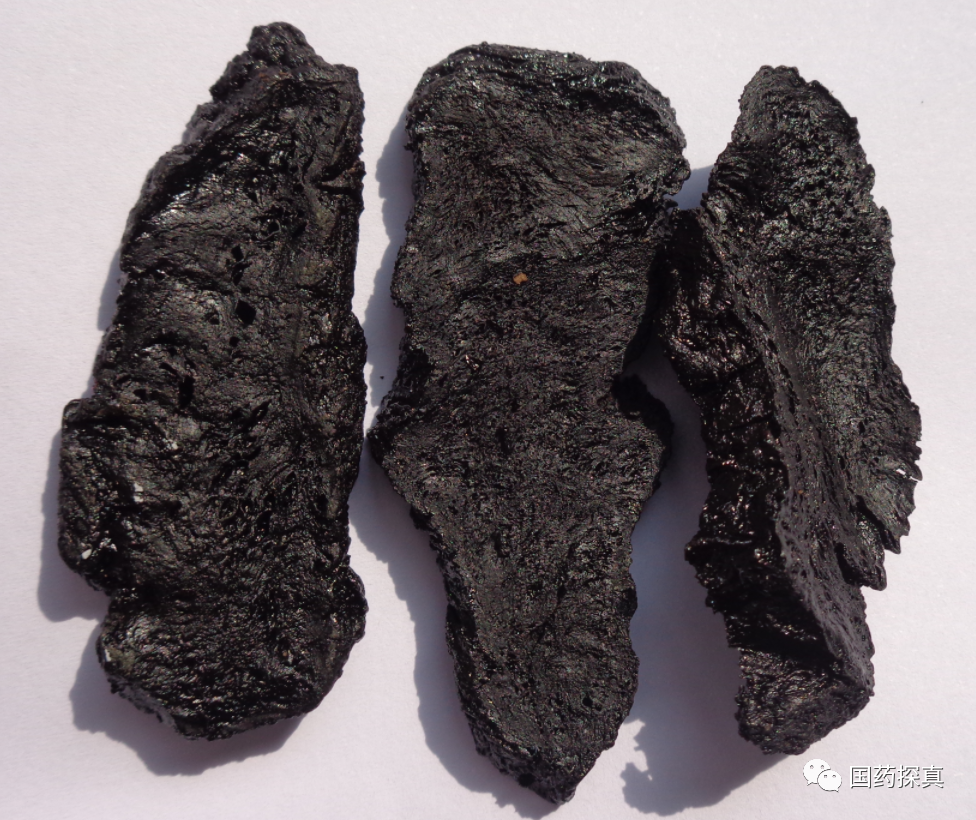
Sheng Di Huang, on the other hand, only requires washing, slicing, turning, sieving, and packaging. The production process for Sheng Di Huang is simpler, with relatively discrete slices that are easy to turn and package, saving labor costs.
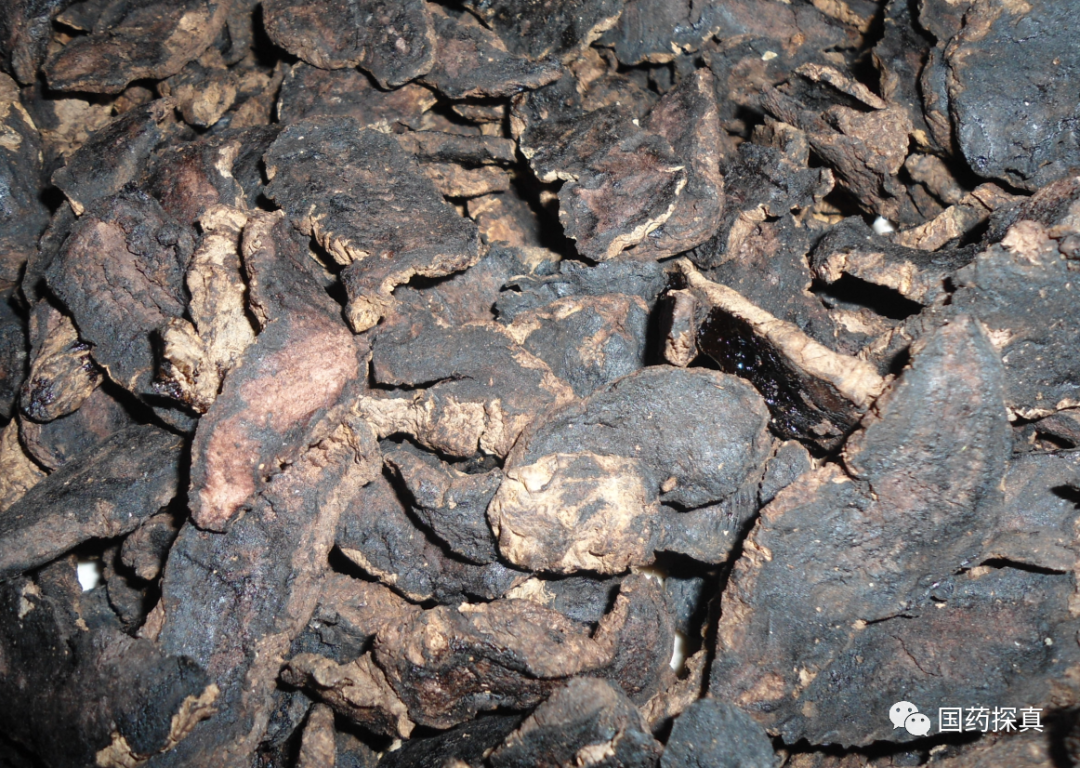
Let’s calculate based on production conditions:
In terms of labor: Shu Di Huang incurs additional costs for steaming (approximately 0.2 yuan/kg), one drying (upper and lower drying approximately 0.5 yuan/kg), multiple turnings (approximately 0.4 yuan/kg), and sieving and packaging, which is almost three times that of Sheng Di Huang. The additional costs are 0.15 (sieving) + 0.6 (packaging). In terms of yield: Shu Di Huang has a yield that is 4-8% lower than Sheng Di Huang, resulting in an increased loss cost of approximately 1.2-2.4 yuan (based on the current price of 30 yuan/kg). If the price is low, the loss cost will decrease somewhat; if the price is high, it will increase further.
In terms of energy consumption: steaming (approximately 0.3 yuan/kg), and drying (approximately 0.6 yuan/kg).
Overall, Shu Di Huang costs about 3-5 yuan more than Sheng Di Huang (the inspection results for both are similar).
So how can we distinguish whether the Shu Di Huang we purchase has issues? Please pay attention to the following points:
- Check for clumping (there will be differences between winter and summer). Normal Shu Di Huang is very sticky and often clumps together, making it difficult to separate.
- Examine the clarity of the cut surface of the herbal slices. Normal Shu Di Huang slices have clean and clear cut surfaces, with no attachments. If the surface or cut edge is blurred or has a paste-like substance attached, it indicates that it has been coated with starch or sugar (sucrose or glucose).
- Check the color of the torn surface. Normal Shu Di Huang should have a dark black or brown-black color with luster on the torn surface. If the color is yellowish-white and the fibers are large, it may be Lu Tou (Rehmannia Root).
- Examine the ratio of double-sided cut surfaces. Normal Shu Di Huang mostly has two cut surfaces; if most are single-sided cut surfaces, they are small broken pieces; if most do not show cut surfaces, they are small pressed pieces.
- Check the texture. Normal dry Shu Di Huang feels flexible when held (except in winter); if it feels hard, it may have been sweetened or mixed with other pastes.
- Taste the flavor. Shu Di Huang has a unique sweetness; if it is overly sweet or bitter, it may have been sweetened or inadequately steamed; if it feels gritty, it may contain sand or has not been cleaned properly.
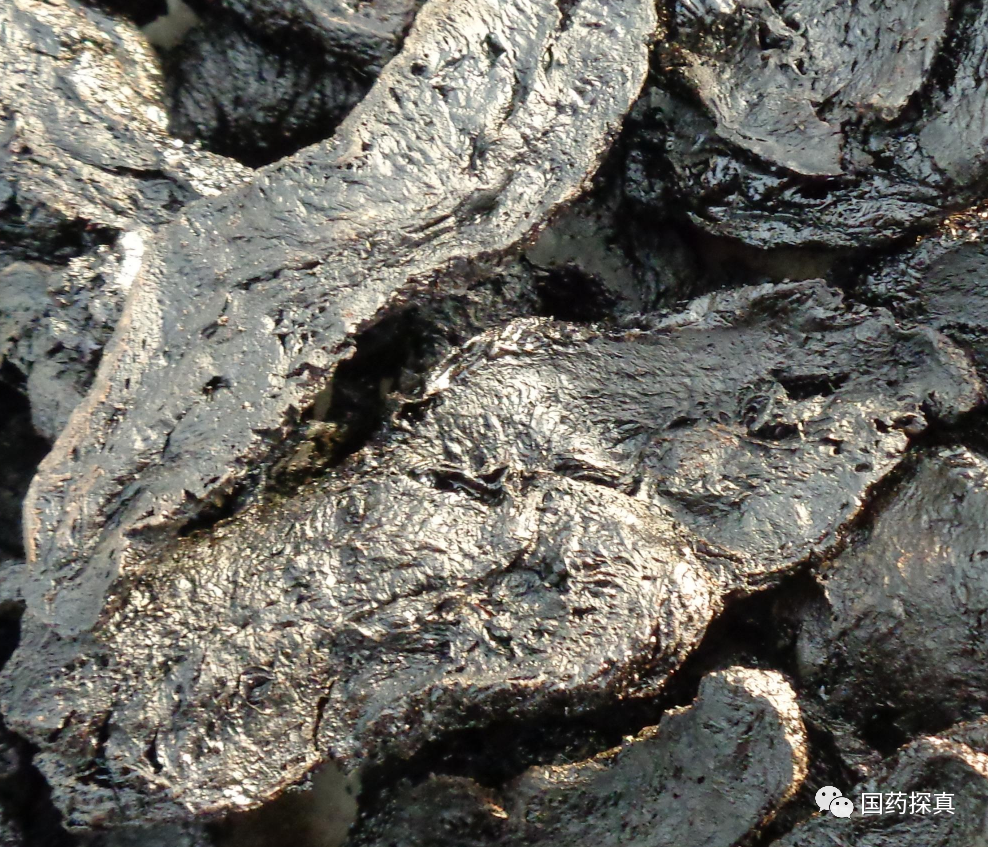
All of the above must be checked comprehensively for a thorough judgment; none can be omitted.
The public account “Guo Yao Tan Zhen” is dedicated to promoting the culture of medicinal materials, exploring the true origins of TCM, identifying the correctness of TCM herbs, disseminating traditional knowledge, and discussing standards and current issues. If there are any misunderstandings or errors, please feel free to provide feedback!
